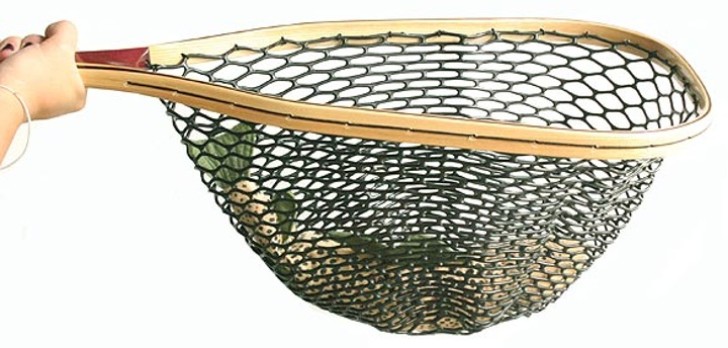- Download
Often downloaded with
There is also a connections view, which will show the remote host, port, application, user, download rate, upload rate and last activity, so you can get very specific. Rubbernet Summary View. Trusted Windows (PC) download Web Rubber 3.0.2255. Virus-free and 100% clean download. Sidify music converter 1 0 download free. Get Web Rubber alternative downloads.
- Rubber NinjasRubber Ninjas is an experimental 3D ragdoll fighting game. The game features..$19.95DOWNLOAD
- MimarSinan Rubber DuckyMimarSinan Rubber Ducky it is a System Monitor with system information at a..DOWNLOAD
- Web Scraper Plus+ Web Spider EditionIn a sentence, Web Scraper Plus+ takes data from the web and puts it into a..$749DOWNLOAD
- Web Deployment ToolWeb Deployment Tool simplifies the migration, management and deployment of IIS..DOWNLOAD
- Web Form Anti-SpamThis flexible and easy to use web-master tool is designated for converting..$39.90DOWNLOAD

Rubbernet Download Free Music
Rubber is a material which can stretch and shrink. It is a polymer. It can be produced from natural sources (e.g. natural rubber) or can be synthesised on an industrial scale. Many things are made from rubber, like gloves, tires, plugs, and masks. A few things can be made only from rubber.
Sometimes the word means only natural rubber (latex rubber). Natural rubber is made from the white sap of some trees such as the Hevea brasiliensis (Euphorbiaceae). Videoboxpro 1 2 0 – professional video captures. Other elastomers, called synthetic rubbers, are made by chemical processes.
Producers[change | change source]
Hevea brasiliensis is the tree that most rubber comes from. Other plants that have the special sap (called latex) are figs (Ficus elastica), Castilla (Panama rubber tree), euphorbias, lettuce, the common dandelion, Taraxacum kok-saghyz (Russian dandelion), Scorzonera tau-saghyz, and Guayule.
In the 1800s, most sap to make rubber came from South America. In 1876 Henry Wickham got seeds from rubber trees in Brazil, and took them to Kew Gardens, England, and sent them to Ceylon (Sri Lanka), Indonesia, Singapore and British Malaya. Later, Malaya (now Malaysia) made the most rubber. People tried to grow rubber in India, in 1873 at the Botanical Gardens, Kolkata. The first Hevea farms in India were made at Thattekadu in Kerala in 1902. The Congo Free State in Africa also grew a lot trees for rubber at the start of the 20th century, and most of the people who worked on those farms were forced labor. Liberia and Nigeria also started growing trees to make rubber.
Industrial development[change | change source]
Charles Marie de La Condamine presented samples of rubber to the Académie Royale des Sciences of France in 1736.[1] In 1751 François Fresneau read a paper to the Académie (eventually published in 1755) which described many of the properties of rubber. This has been referred to as the first scientific paper on rubber.[1]
In 1770, British chemist Joseph Priestley noticed that rubber was very good for removing pencil marks on paper.

Rubbernet Download Free Music
Rubber is a material which can stretch and shrink. It is a polymer. It can be produced from natural sources (e.g. natural rubber) or can be synthesised on an industrial scale. Many things are made from rubber, like gloves, tires, plugs, and masks. A few things can be made only from rubber.
Sometimes the word means only natural rubber (latex rubber). Natural rubber is made from the white sap of some trees such as the Hevea brasiliensis (Euphorbiaceae). Videoboxpro 1 2 0 – professional video captures. Other elastomers, called synthetic rubbers, are made by chemical processes.
Producers[change | change source]
Hevea brasiliensis is the tree that most rubber comes from. Other plants that have the special sap (called latex) are figs (Ficus elastica), Castilla (Panama rubber tree), euphorbias, lettuce, the common dandelion, Taraxacum kok-saghyz (Russian dandelion), Scorzonera tau-saghyz, and Guayule.
In the 1800s, most sap to make rubber came from South America. In 1876 Henry Wickham got seeds from rubber trees in Brazil, and took them to Kew Gardens, England, and sent them to Ceylon (Sri Lanka), Indonesia, Singapore and British Malaya. Later, Malaya (now Malaysia) made the most rubber. People tried to grow rubber in India, in 1873 at the Botanical Gardens, Kolkata. The first Hevea farms in India were made at Thattekadu in Kerala in 1902. The Congo Free State in Africa also grew a lot trees for rubber at the start of the 20th century, and most of the people who worked on those farms were forced labor. Liberia and Nigeria also started growing trees to make rubber.
Industrial development[change | change source]
Charles Marie de La Condamine presented samples of rubber to the Académie Royale des Sciences of France in 1736.[1] In 1751 François Fresneau read a paper to the Académie (eventually published in 1755) which described many of the properties of rubber. This has been referred to as the first scientific paper on rubber.[1]
In 1770, British chemist Joseph Priestley noticed that rubber was very good for removing pencil marks on paper.
Natural rubber melts in heat and freeze in the cold. In 1844 Charles Goodyear found a way to improve natural rubber, in a chemical process known as vulcanization, which made it useful in many more products including, decades later, tires.
Synthetic material[change | change source]
In the 20th century synthetic (artificial) rubbers such as Neoprene began to be used. They were much used when World War II cut off supplies of natural rubber. They have continued to grow because natural rubber is becoming scarce and also because for some uses they are better than natural rubber.
| Wikimedia Commons has media related to Rubber. |
References[change | change source]
Rubbernet Download Free Pc Games
- ↑ 1.01.1Untitled Document
